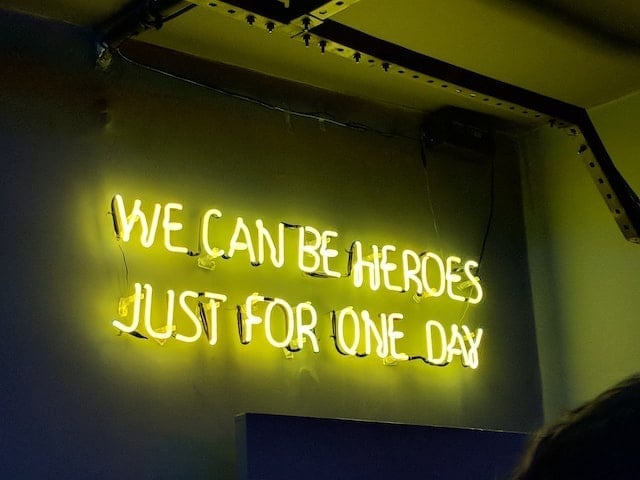Why Social Media is the Secret to Advancing Predictive Marketing

In the 2002 film Minority Report, a special team of "PreCrime" police harnessed precognitive insights from three psychics and arrested people for crimes they would allegedly commit in the future. Plots like this make great science fiction, but advanced methods of predictive insights that allow digital marketers to enhance creative efforts are a reality today.
Let's start with programmatic. The word makes a lot of marketers cringe and evokes a cold automated process used solely to fill ad inventory. But, the truth is, data vs. creativity isn't a zero sum game. In 2014, Google's Creative Platforms Evangelist, Pete Crofut, imagined "a time in the not-too-distant future when programmatic data signals will be able to improve creative before it's even gone live."
That future of "predictive creative" is here right now. And while "PreCrime" cops depended on a small team of psychics for insights, marketers can increasingly leverage the evolution of programmatic and employ predictive models for actionable insights on how audiences will respond to various creative ad content. Here are three reasons why social media will play a crucial role in the ongoing convergence of data, creative, and predictive analytics.
1. The frequency and diversity of social data
Ten years ago, brands would run one ad or marketing campaign every six months--and it would likely take just as long to create the content. Today, with social, a brand can run six campaigns in one month. The real-time nature and frequency of social media creates a high number of data points that are a goldmine for marketers and can be used to build robust models for "predictive creative." Additionally, social ad content can be broken down and analyzed per element (e.g. imagery, copy) based on the ad's objective, channel and intended audience.
2. The public nature of social media data
Optimization for ads, or any digital content, is always based on private data. Ad performance is proprietary to the advertiser or publisher. This is true with both traditional advertising (e.g. TV and print), as well as digital formats (e.g. display and search ads). However, the nature of social media enables marketers to leverage predictive models built on what is free and publicly available data. With social media, marketers can source the wisdom of the crowd and A/B test using other people's data even before creative ges live.
3. Social Media Generates Instant Feedback
In addition to performance data on most forms of advertising being private, there is no immediate feedback mechanism built in. With a newspaper ad, you might be able to estimate the number of views, but you do not know immediately if you audience liked it or not. The same ges with TV commercials and many forms of digital advertising. With social media, marketers can get real-time feedback on how audiences react--positively or negatively--to content based on comments, replies, shares, and even "vanity" metrics such as likes or retweets. This feedback can all be used to model predictions about other similar content based on specific objectives and audiences.
As social network ad spend continues to rise, marketers will increasingly be tasked with measurement, boosting ROI and bridging creative efforts to business outcomes. These outcomes won't always come in the form of direct sales, but the ability to fine tune content based on vast amounts of collective social media data is powerful. The exciting thing is that social data can drive "predictive creative" forward not only for other social media content, but can also provide insights into what content may work best for other types of marketing.
The power of "predictive creative" is here and now--and social is the secret.
About the Author: Lakshmanan Narayan
 Lux is the CEO and co-founder of Unmetric. Lux has 18 years of experience across media, Internet, advertising and entertainment, seven of them with the Interpublic Group, and then Unmetric, which he co-founded with fellow IIT/IIM-alumni, Kumar and Je.
Lux is the CEO and co-founder of Unmetric. Lux has 18 years of experience across media, Internet, advertising and entertainment, seven of them with the Interpublic Group, and then Unmetric, which he co-founded with fellow IIT/IIM-alumni, Kumar and Je.







